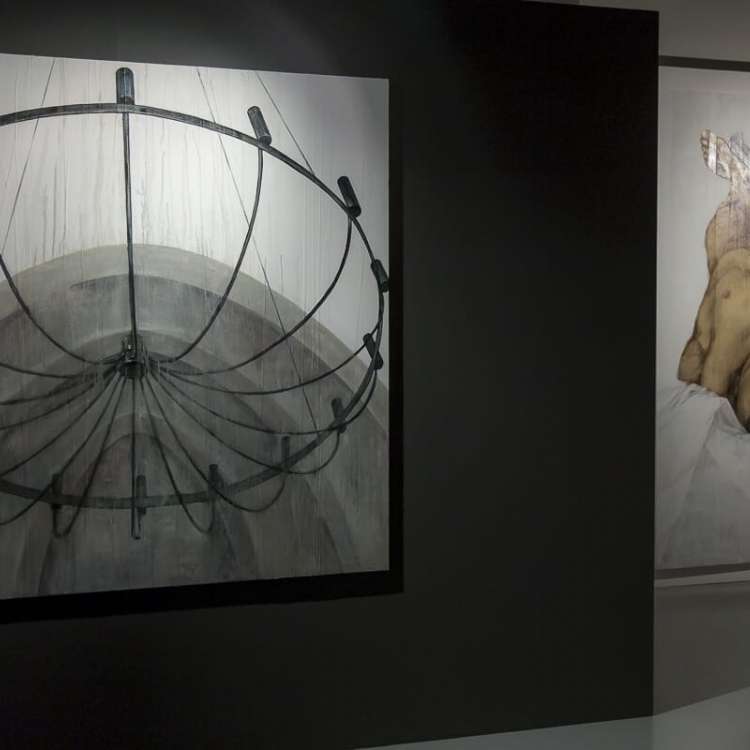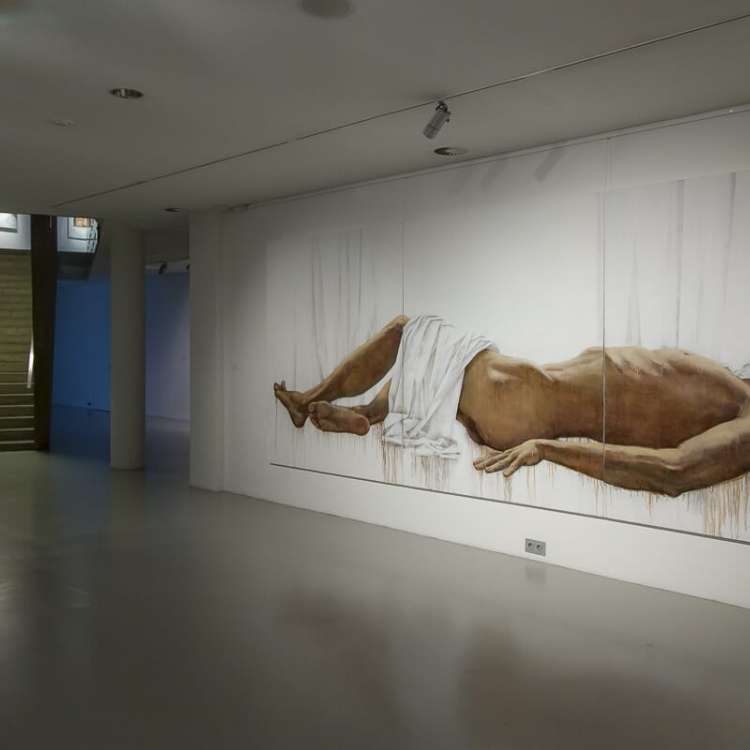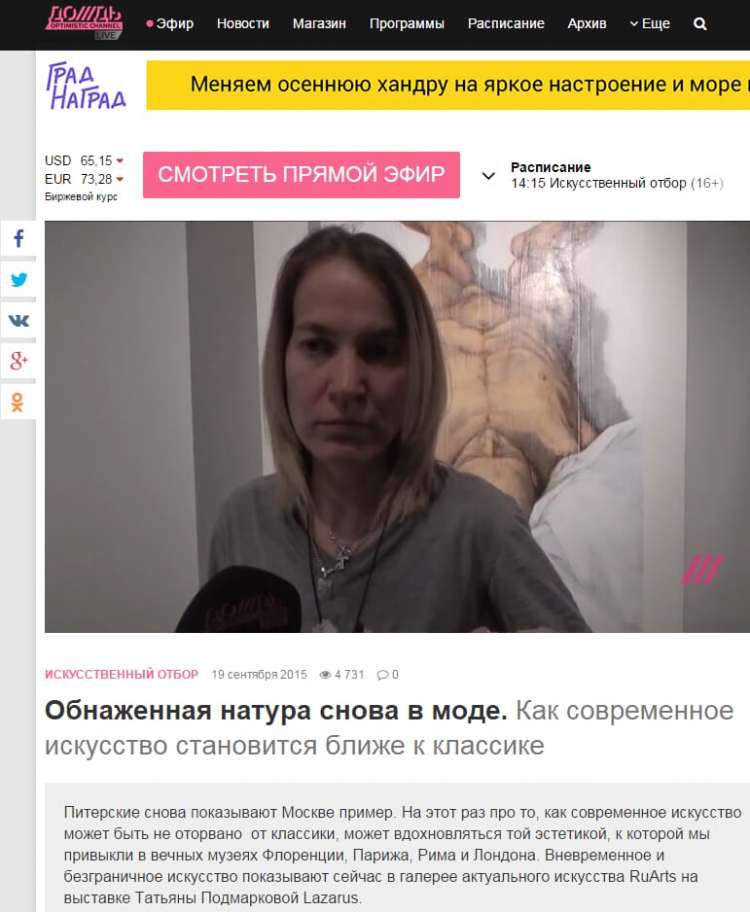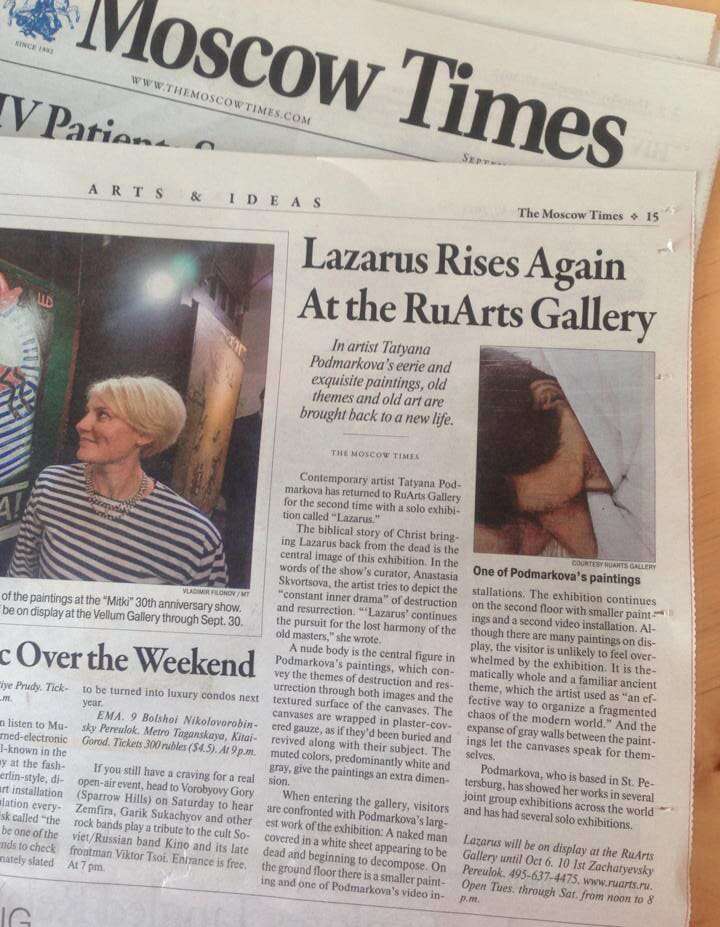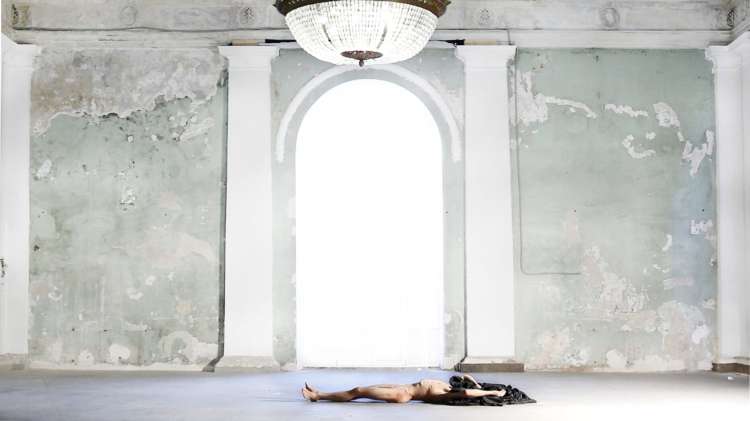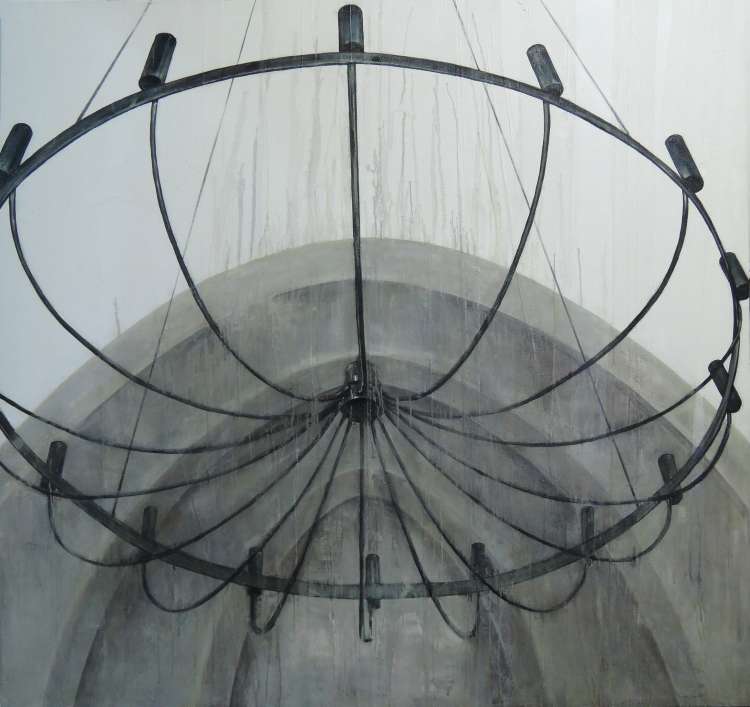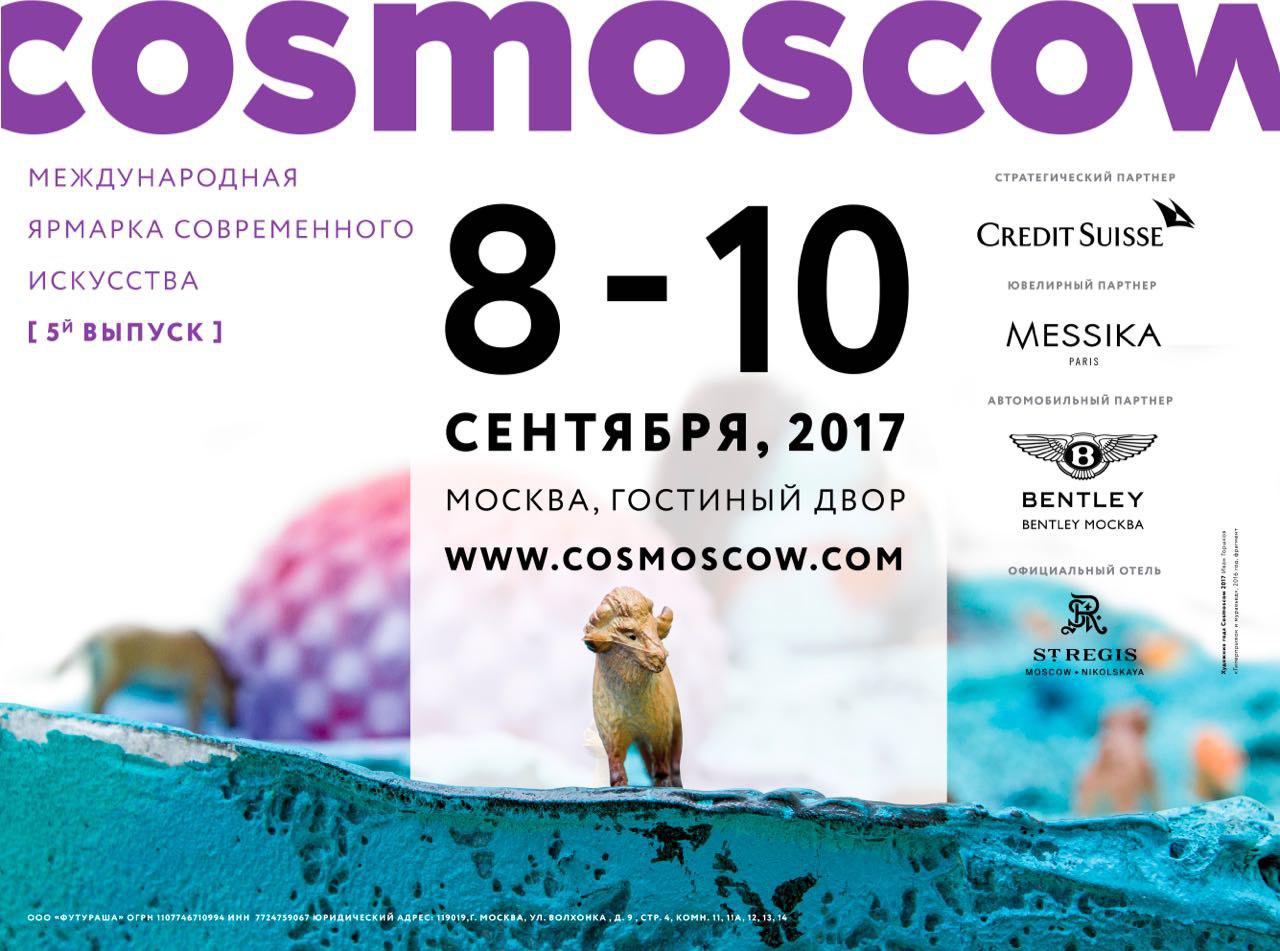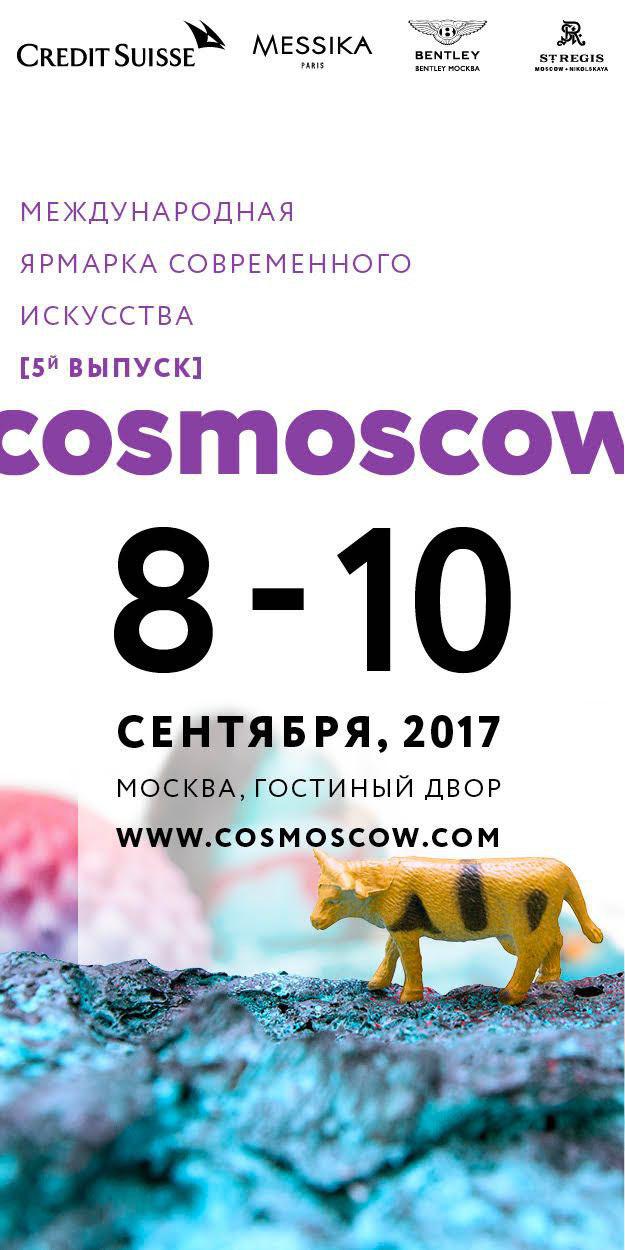September 15 Ruarts Gallery will present a solo exhibition "Lazarus".
Since 2007 Tatyana Podmarkova is working with picturing of a human body in terms of classical aesthetics, creating timeless images. According to the artist, appealing to classical themes is an effective way to organize a fragmentation chaos of the modern world. Art is considered by the author as a stable form of escapism. In spite of apparent remoteness of themes, each Tatyana Podmarkova's project is imbued with echoes of the infinite inner drama. Her characters are not labeled with time patina - clothing, accessories and domestic implements. Nudity is unchangeable in the face of centuries.
Interest of contemporary art to classical aesthetics appears and fades in different historical periods. "LAZARUS" continues the pursuit of the lost harmony signs of the old masters, marked in previous projects of the author. Glossy surfaces of painted canvases at the previous stage this time are replaced by texture of new paintings re-reeled with bandages. The whole body of the exhibition becomes a delicate substance, and the close touch with it leads to either the destruction or to the resurrection. By the Evangel according to St John, Lazarus of Bethany, "bound hand and foot with graveclothes ", was resurrected with prayers of Christ on the fourth day after the burial. The canonical story of the Christian heritage - the Resurrection - was carefully investigated by Western culture: from Giotto's frescoes and Van Gogh's paintings to the novels of Dostoevsky and Tolstoy and contemporary Hollywood cinema. Eternal life nowadays again seems achievable -however now it doesn't mean the spiritual rebirth, but scientific discoveries.
"LAZARUS" for Tatyana Podmarkova is rather representing the actualization of the art of painting. However, if Malevich, calling an old art "Lazarus", wrote that "corpse remains corpse, no matter how hard you try" Tatyana's works say that the old art is not a "corpse" at all. Painting is not over. Modernity is overcrowded, as philosopher Boris Groys observes, by the general prescription of the eschatological-apocalyptic type. Human being today is so ready for the end of any event, from everyday to global, that he or she often lives only waiting for an accomplishment. Our era is characterized by the prefix "post": post-modernism, post-capitalism, post-modernity. Including painting, it is assumed to be over more than one hundred years ago. However, there are strong arguments to its return: uncompromising tactility against the background of a global virtualization of life.
Working with the substance of painting allows touching the "flesh" of art directly. Nevertheless yielding to all-pervading virtual reality, the artist includes video in his new project as well. A look through the camera displays eternal problems of colour, form and composition in another dimension, recreating classic esthetical problems in digital format. Summarized world view is presented on monumental projections, where human body is surrounded by crumbled mansion of the Earth planet. Two representations of one video composition offer either never-ending pressure of materialistic world or individual release from it. Like vanitas still lives, shabby walls of luxurious interiors tell us: memento mori. Having the timeline, though static video image underlines elastic properties of time: it can stretch and clench depending on one's perception. Are we really that far from the "old art" at cosmic scale?
Anastasia Skvortsova

